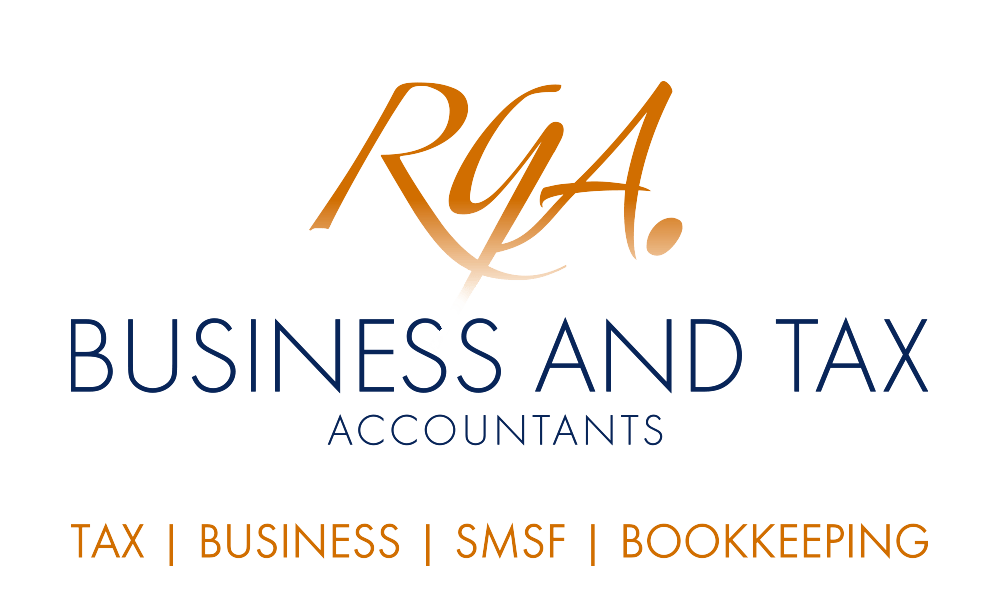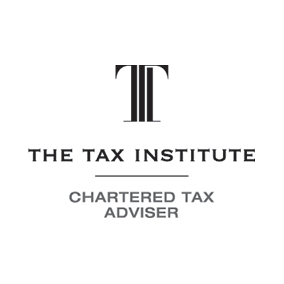Selling property: don’t forget the clearance certificate

Spring has now sprung, and with news of various roadmaps out of COVID-19 lockdown, the property market looks set to take off once again in all States and Territories. If you’re thinking of selling a property whether it be your main residence or an investment property, based on the current capital city prices, it is most likely that you’ll need to obtain a clearance certificate from the ATO. Without one, the purchaser will be required to withhold 12.5% of the purchase price and remit the amount to the ATO.
With spring weather warming up and Australian property market still running hot in all States and Territories, if you’re thinking of selling a property, you probably know all about finding a solicitor or conveyancer and a real estate agent, but did you know that you’ll also need to obtain a clearance certificate from the ATO for most properties?
This clearance certificate requirement applies to all transactions involving taxable Australia real property or an indirect Australian real property interest that provides company title interests, with a market value equal to $750,000 or more. With the mean dwelling price in Australia at $779,000 (according to the latest ABS statistics), and even higher for NSW, Victoria and ACT, it is highly likely that you’ll need to apply for a clearance certificate if you’re selling.
In the current market conditions, if you’re not sure whether your property will have a market value of $750,000 or more (ie if the property is going to auction), the safest thing to do is to apply for a clearance certificate. That way, if the property is sold for less than $750,000 you won’t need to provide the purchaser with the certificate, however, if it is sold for $750,000 or more, you’ll have the certificate handy.
The certificate provides certainty to purchasers of properties regarding their withholding obligations. Presenting the purchaser with a valid certificate confirms that withholding tax is not applicable to the transaction, otherwise, the purchaser must withhold 12.5% of the purchase price and remit the amount to the ATO.
In a situation where a vendor is an Australian tax resident but fails provide the purchaser with a clearance certificate, which causes the purchaser to remit a corresponding amount to the ATO. The vendor is able to claim a credit for the withheld amount when they lodge their tax return. This amount may then be refunded if no CGT is payable on the sale of the property.
To ensure that you’ll receive your certificate on time, the ATO recommends that you apply online at least 28 days before you require it. Applications are processed in order of date of receipt by the ATO, therefore, with the higher volume of property sales during the spring and summer months, vendors should apply at the earliest opportunity. According to the ATO, higher risk and unusual cases may also require greater manual intervention, which could take longer.
“We will not disadvantage those other applicants who applied earlier by delaying their application to process yours.” – Australian Taxation Office
Once a clearance certificate is issued, it is valid for 12 months from the date of issue. As long as the certificate is provided by the vendor to the purchaser during the time specified on it, and this occurs before settlement, then it does not matter how long into the future the settlement may be. The vendor named in the certificate is also able to use it for multiple disposals of real property that occur within the 12 month period.
Remember, because the clearance certificate names specific vendors, if there are multiple owners of a property, each vendor will need to apply for a separate clearance certificate in their own name. That name also must match the name shown on the certificate of title of the property, although some slight variation may be accepted in some circumstances provided additional documents are supplied.
Need a clearance certificate?
If you’re thinking of selling a property in this heated market, we can help apply for a clearance certificate on your behalf and take the hassle away. That way, you can concentrate on more important things like achieving the maximum sell price for your property.
Email us at Robert Goodman Accountants at reception@rgoodman.com.au . © Copyright 2021 Thomson Reuters. All rights reserved. Brought to you by Robert Goodman Accountants.









